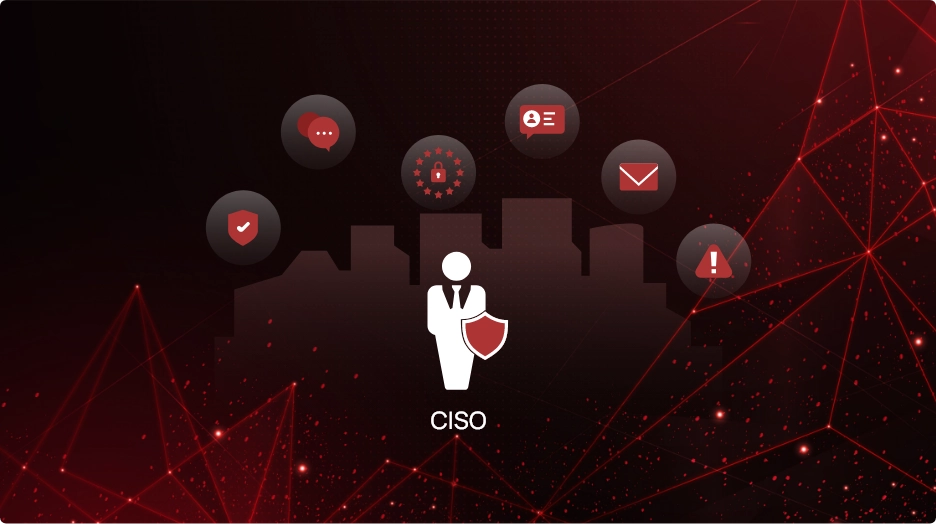Misconfigurations – How they affect SaaS security posture

Software as a Service (SaaS) applications usually carry a lot of sensitive data that many users can access from almost any device, which poses a significant risk to enterprises. Some common SaaS security issues include misconfigurations, excessive privilege, lack of identity management, and compliance gaps.
Each SaaS application has numerous and distinctive configurations. A misconfiguration refers to an improper setup of applications that leaves them vulnerable to security threats. Using SaaS applications requires many global customer roles, settings, and permissions that are frequently configured, monitored, and updated. But with so many applications running simultaneously, misconfigurations are inevitable.
An example of a misconfiguration would be leaving a database open to the public without proper authentication, which can result in sensitive data being stolen or exposed. Another real-life example would be NASA’s misconfiguration incident. During 2019, a misconfiguration in JIRA led to the exposure of NASA employee data and project details, where information was published publicly instead of sent to a few employees.
Misconfigurations do not exist in an operating system or the source code of SaaS apps, making them undetected by conventional security testing tools. Companies must therefore take adequate measures to understand and tackle the complex threat landscape surrounding their SaaS app security. SaaS Security Posture Management (SSPM) platforms reduce the time needed to inspect, detect, and remediate SaaS misconfigurations. Gartner predicts SSPM will have a high impact over the next five to ten years.
SaaS security posture management is an automated monitoring of security risks, vulnerabilities, and misconfigurations in SaaS applications. It addresses misconfiguration challenges such as data exposure, poor security posture, and compliance violations. Every day, thousands of changes are made in enterprise SaaS environments, such as users and new functionalities being added/deleted, permissions being changed, vendor updates for features or configurations, and new third-party applications integrated with the SaaS apps. Security and DevOps teams are not always aware of these seemingly harmless changes. However, this lack of monitoring can lead to major risks and insecure data.
How SaaS misconfigurations affect security.
Enterprises often entrust to users the responsibility of securing their applications. These users may not have the knowledge or expertise to implement effective SaaS security posture management solutions required to keep enterprises safe. Below are a few common misconfigurations that significantly impact SaaS application security.
Poor authentication settings can be harmful
The Single Sign-On (SSO) control is a key feature used to secure access to SaaS applications. However, most SaaS apps let system owners log in by simply keying in their username and password credentials, even though SSO is turned on. In such cases, a Two-factor Authorization (2FA) or Multi-factor Authorization (MFA) has to be enabled for such super users. If administrators use identical usernames and passwords, it will be easy for anyone to access all accounts.
Shared mailboxes are easy targets
Companies use shared mailboxes to store financial, customer, and other sensitive data. These mailboxes have no clear owners and also have a static password. Blocking sign-ins for such mailbox accounts helps overcome these challenges.
Excessive data access permissions make SaaS apps vulnerable
Users generally get more access than necessary. If a certain role requires specific access, sometimes additional access gets granted but never revoked. Furthermore, a configuration reverts to default settings during an automatic update, which conflicts with the company’s data access policies. Such a change gets notified only during a data breach issue. If additional user privileges are needed, they must be revoked as and when the project concludes.
Internal information gets inadvertently shared with external users
Organizations use SaaS collaboration apps with vendors and suppliers. Although external sharing is convenient, there is a risk of exposing or even losing business-critical data.
Third-party integrations are not monitored
Third-party applications frequently integrate with enterprise SaaS environments. These applications are overlooked pathways to exposing a company’s most sensitive data.
In conclusion
SaaS applications, however reliable and secure, are highly vulnerable due to incorrectly configured settings. Misconfigurations are likely to be the weakest link in your security posture. Thankfully, CheckRed’s comprehensive SaaS security posture management platform helps identify, detect, and correct them before it is too late.


